
To the Nuremberg Exhibition Context
Twenty years ago, a new State Museum of Art and Design opened in Nuremberg, created based on the competition design by Berlin architect Volker Staab. In 1991, it was Staab's first major competition victory that enabled him to become independent and establish his own studio, and in 2000, it was only his second completed project. From the perspective of modern architecture, this event in Nuremberg was comparable to the reopening of the Germanisches Nationalmuseum (1953-78) designed by architect Sep Ruf.
The prominently glazed Neues Museum, located in close proximity to the city walls, has received numerous professional awards, but primarily it has been embraced by local residents who have taken a liking to the newly defined Klarissenplatz square, from which the museum is entered.
To mark the twentieth anniversary, the largest exhibition dedicated to the museum's author Volker Staab was organized at the beginning of the summer holidays, during which he has become one of the most respected designers of museum buildings in Germany over the past two decades. He is able to embed his designs in historical contexts, engaging in a dialogue with surrounding buildings, and that is precisely why the exhibition is titled Context. The exhibition is divided across two floors into six sections: Widersprüche (contradictions), Kulturelles Gedächtnis (cultural memory), Auratische Orte (radiant places), Spielräume (playful spaces), Identität und Wandel (identity and transformation), where Staab, like his predecessors, poses the question, “in what style should we build” and whether “form should follow function”. Reflecting on nearly thirty years of professional career does not stop at interpreting the physical environment of the new building, but social issues, aspects of human perception, and the question of the future development of the building and society as a whole play an equal role in the design process. In contrast to other German architects (Kollhoff – classicism, Dudler – order, Barkow – construction, Sauerbruch – color), Staab allows himself to be inspired by many different sources while designing. He seamlessly incorporates subconsciously known elements from various periods of the 20th century into his projects. This makes it all the easier for the audience to accept the new building. His work cannot be firmly categorized into a single architectural phase or movement, and this is also probably the success of his office, which manages to convince the competition jury to award the first prize with each project.
The traditional architectural exhibition featuring photographs, plans, and models is made more interesting by the fact that the museum itself is one of the exhibits, where you can realistically experience Staab's work and not just rely on mediating media. There are several other Staab realizations in Nuremberg: the Sebalder Höfe shopping center (2007), the Nordostpark testing center (2016), and the Augustinerhof city block (2020), where one can again experience the qualities firsthand. You can get acquainted with Staab's work almost exclusively on German soil (with the exception of German schools in Sydney and Warsaw and the German embassy in Mexico). A large portion of his realizations are located in Bavaria, where he, for instance, expanded the Bavarian State Parliament in Munich (1994, 2005), created the museum of Bavarian kings in Hohenschwangau (2011), or reconstructed the Richard Wagner Museum in Bayreuth (2015).
Staab was introduced to the Czech audience at the conference last year at the National Gallery in Prague on the occasion of the centenary of the founding of the German Bauhaus school, where he presented his winning project for the expansion of the Berlin Bauhaus Archive (2022). In the future, we will hear a lot about Staab, as his office will be involved in the modifications of significant sites closely related to German history: the Berlin Tempelhof airport (2028) or the museum complex near Cologne Cathedral (2029).
You can view the Context exhibition at Nuremberg's Neues Museum until January 10, 2021.
More information >
The prominently glazed Neues Museum, located in close proximity to the city walls, has received numerous professional awards, but primarily it has been embraced by local residents who have taken a liking to the newly defined Klarissenplatz square, from which the museum is entered.
To mark the twentieth anniversary, the largest exhibition dedicated to the museum's author Volker Staab was organized at the beginning of the summer holidays, during which he has become one of the most respected designers of museum buildings in Germany over the past two decades. He is able to embed his designs in historical contexts, engaging in a dialogue with surrounding buildings, and that is precisely why the exhibition is titled Context. The exhibition is divided across two floors into six sections: Widersprüche (contradictions), Kulturelles Gedächtnis (cultural memory), Auratische Orte (radiant places), Spielräume (playful spaces), Identität und Wandel (identity and transformation), where Staab, like his predecessors, poses the question, “in what style should we build” and whether “form should follow function”. Reflecting on nearly thirty years of professional career does not stop at interpreting the physical environment of the new building, but social issues, aspects of human perception, and the question of the future development of the building and society as a whole play an equal role in the design process. In contrast to other German architects (Kollhoff – classicism, Dudler – order, Barkow – construction, Sauerbruch – color), Staab allows himself to be inspired by many different sources while designing. He seamlessly incorporates subconsciously known elements from various periods of the 20th century into his projects. This makes it all the easier for the audience to accept the new building. His work cannot be firmly categorized into a single architectural phase or movement, and this is also probably the success of his office, which manages to convince the competition jury to award the first prize with each project.
The traditional architectural exhibition featuring photographs, plans, and models is made more interesting by the fact that the museum itself is one of the exhibits, where you can realistically experience Staab's work and not just rely on mediating media. There are several other Staab realizations in Nuremberg: the Sebalder Höfe shopping center (2007), the Nordostpark testing center (2016), and the Augustinerhof city block (2020), where one can again experience the qualities firsthand. You can get acquainted with Staab's work almost exclusively on German soil (with the exception of German schools in Sydney and Warsaw and the German embassy in Mexico). A large portion of his realizations are located in Bavaria, where he, for instance, expanded the Bavarian State Parliament in Munich (1994, 2005), created the museum of Bavarian kings in Hohenschwangau (2011), or reconstructed the Richard Wagner Museum in Bayreuth (2015).
Staab was introduced to the Czech audience at the conference last year at the National Gallery in Prague on the occasion of the centenary of the founding of the German Bauhaus school, where he presented his winning project for the expansion of the Berlin Bauhaus Archive (2022). In the future, we will hear a lot about Staab, as his office will be involved in the modifications of significant sites closely related to German history: the Berlin Tempelhof airport (2028) or the museum complex near Cologne Cathedral (2029).
You can view the Context exhibition at Nuremberg's Neues Museum until January 10, 2021.
More information >
The English translation is powered by AI tool. Switch to Czech to view the original text source.
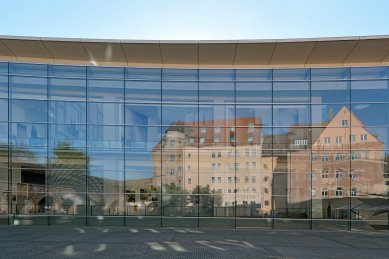
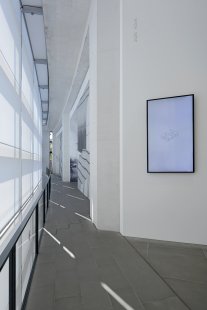
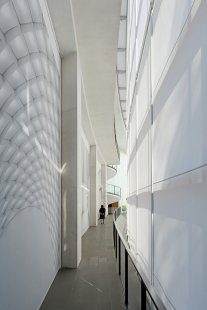
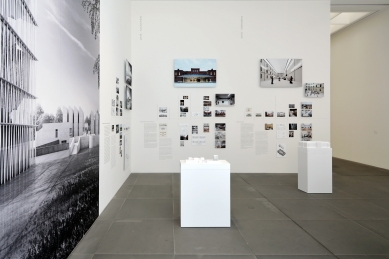
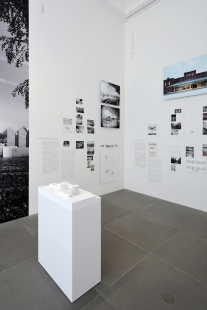
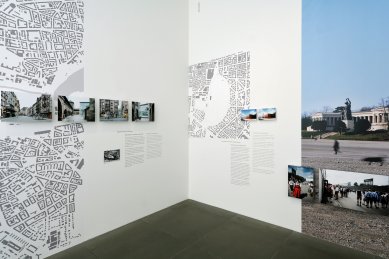
0 comments
add comment
Related articles
0
14.06.2019 | The National Gallery Prague will commemorate 100 years of the Bauhaus
0
01.11.2015 | Expansion of the Bauhaus Archive in Berlin by Volker Staab
0
26.07.2015 | The Wagner Museum in Bayreuth has acquired a new extension
0
18.09.2010 | Conversion of the textile factory in Dannenberg by Volker Staab












